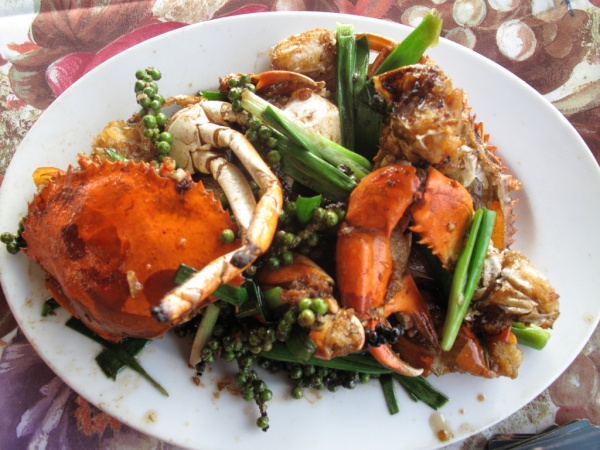Facts About Kampot
Kampot pepper is a distinguished variety grown in the Kampot and Kep provinces of Cambodia. It earned its status as a geographical indication product in 2010, signifying recognition for its unique qualities tied to its place of origin. There are two main types of Kampot pepper: Kamchay, known as 'small leaves,' and Lampong, referred to as 'big leaves.' The name "Kampot" is derived from the region where this pepper is cultivated.
This pepper is grown organically and comes in four varieties: green, black, white, and red, all harvested from the same plant. The unique climate and soil in the Kampot Province play a pivotal role in imparting the pepper with its distinctive flavor. Farmers employ traditional methods that have been passed down through generations. The Kampot Pepper Producers Association and Eco-Cert oversee the plantations to ensure quality.
Kampot pepper has a long history, dating back to the 13th century. It experienced a surge in production during the French colonial era. Although the industry faced challenges due to war and political instability, Kampot pepper production has rebounded in recent years.
In addition to the peppercorns being used in cooking, the stalks are also a popular ingredient in various dishes. Pepper farming is expanding in Cambodia, with increased production and favorable market prices. However, the expansion of pepper plantations is contributing to deforestation in some regions.
Kampot pepper is now internationally recognized for its quality and origin. Its popularity is growing in markets across Europe, the United States, Asia, and beyond.

 Vietnam
Vietnam